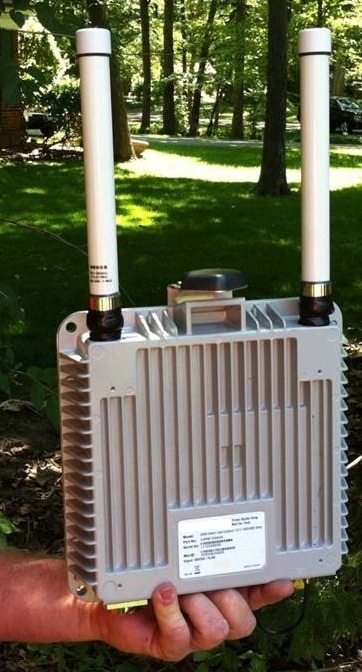What is a small cell?
The term small cell is used in many contexts. Some infrastructure providers use it to describe anything that is not clearly a tower or macro cell, including the nodes on a distributed antenna system. Others insist that only radio units are truly small cells. In the latter camp is Professor Simon Saunders of Real Wireless, founder of the Small Cell Forum, formerly the Femto Forum. Saunders joined RCR Wireless News recently to outline the five use cases that he sees for small cells.
1. Home use (femtocells)
Saunders said that roughly 10 million femtocells have shipped to date, and that demand remains strong even as Wi-Fi becomes more reliable and versatile. Saunders said femtocell demand is now driven by carriers with limited spectrum or a limited macro network. These operators are exploring an “inside out” approach to coverage and capacity.
“The relevance of that for everyone else is it drives down the price of chips and software and that benefits hetnet as a whole,” said Saunders.
2. Urban outdoor deployments
Saunders said that most mobile operators still view outdoor small cells as a solution for underserved areas, but that small cells can and should be deployed more proactively.
“It’s far more relevant to get some competitive advantage from your small cells; to deploy them to deliver more consistent services with a better user experience and really speed up your network,” he said, adding that there are still many unknowns for operators as they investigate the economics and the available technologies.
“Once people have actually acquired their small cell sites there’s increasingly a question as to what should actually go on those poles,” said Saunders. “Should it be conventional distributed small cells or should we be looking at a cloud-RAN architecture?” Saunders said the answers to those questions will often depend on the cost of access to backhaul and fronthaul.
3. Indoor enterprise deployments
“In the enterprise we see vast latest demand,” said Saunders. “Many, many enterprises are mobilizing operations and are dissatisfied with the level of coverage and service they get. Those places are relatively underserved by any other means. Less than 2% of enterprise buildings actually have an indoor solution today.”
Saunders recently completed research that shows C-RAN-based small cells as a lower-cost enterprise solution than DAS , even when more than one operator is involved. But he said that for any indoor cellular solution, there remains the question of who pays.
“I think the real challenge there is whether operators can scale … or whether a kind of Wi-Fi business model is needed, where enterprises plan and fund and install [the network],” he said.
4. High-capacity venues
Sports arenas, hotels and convention centers have long been seen as a DAS domain, but Saunders thinks this may be changing.
“We are seeing places where we can’t install enough DAS antennas to sectorize tightly enough to reach the capacity demands,” he said. The options here are Wi-Fi and small cells, he said, adding that even “hyperdense” Wi-Fi may not deliver the experience users want. “This is probably the dream use case for C-RAN,” he said.
5. Rural deployments
This is perhaps the hardest business case to justify for operators, but it could also be the most crucial from a societal perspective. Americans without access to mobile broadband are at a disadvantage in terms of educational and health care opportunities, and may contribute less to the economy as well.
“It’s challenging to build a business case and get the backhaul in there, but we can see scope for doing that with satellite backhaul,” said Saunders. “Operators that get behind that can be real heroes, as well as building a good loyal customer base for themselves.”
For more on Investing in Hetnets, watch the on-demand RCR Wireless News webinar and download the free feature report.

